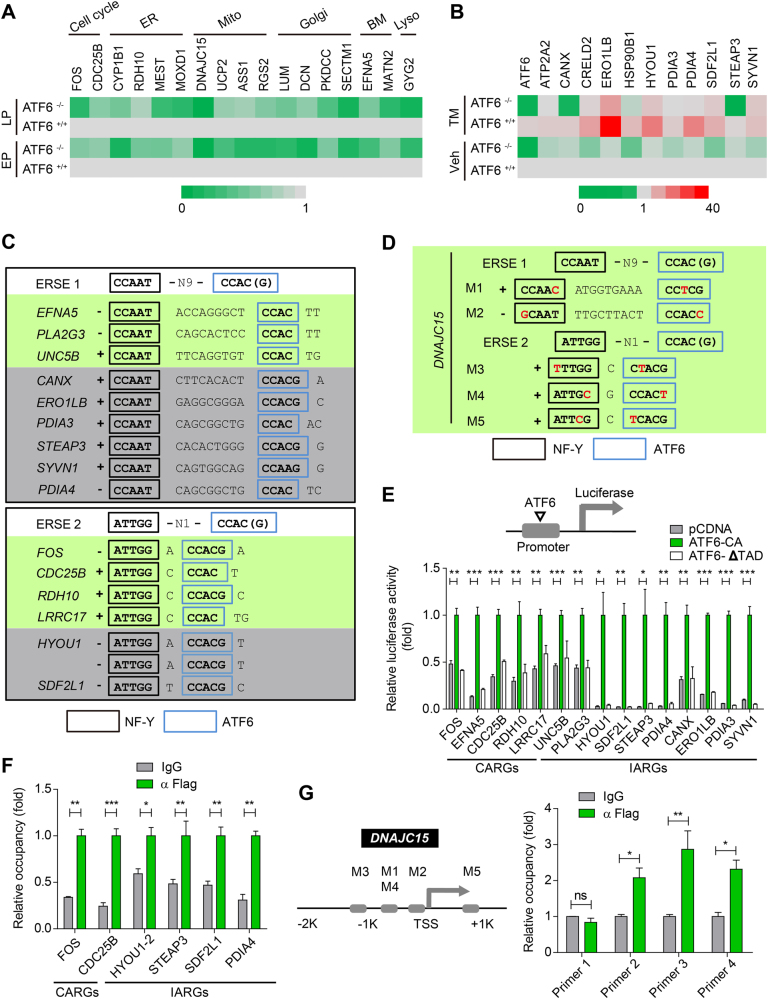Fig. 5. Characterization of a panel of ATF6-regulated genes.
a The heatmap showing gene expression changes of CARGs in EP (Passage 5) and LP (Passage 10) of WT and ATF6-deficient hMSCs. b The heatmap showing gene expression changes of IARGs in vehicle and TM-treated WT and ATF6-deficient hMSCs. c The motif pattern analysis in the promoter region showing that the canonical ERSE I and ERSE II are present in the promoters of several CARGs and IARGs. The promoter sequences spanning of upstream 10 kb and downstream 2 kb of TSS were examined. Consensus sequence is shown in the indicated boxes. Black box is the consensus sequence to which NF-Y binds, blue box is the consensus sequence to which ATF6 binds. d Promoter analysis showing that the non-canonical ERSE I and ERSE II are also present in the promoters of DNAJC15. M motif. e Luciferase reporter assay showing that the putative promoters containing the ERSE I/ERSE II of several CARGs and IARGs could be activated by ATF6-CA, but not ATF6-ΔTAD mutants. CA constitutively active; ΔTAD transactivation domain-deleted. Data were presented as mean ± SEM, n = 3, *P < 0.05, **P < 0.01, ***P < 0.001. f ChIP-PCR analysis showing the binding of Flag-ATF6 to several promoters of CARGs and IARGs. The promoter was amplified by PCR from either genomic DNA as input or anti-Flag immunoprecipitated DNA. Data were presented as mean ± SEM, n = 3, *P < 0.05, **P < 0.01, ***P < 0.001. g ChIP-PCR showing the binding of Flag-ATF6 with non-canonical ERSE I and ERSE II motifs in the promoter of DNAJC15. Primer pairs 1, 2, 3, and 4 were used to amplify the immunoprecipitated DNA spanning the putative motif 3, motif 1/4, motif 2, and motif 5, respectively. M motif. Data were presented as the mean ± SEM, n = 3, ns not significant, *P < 0.05, **P < 0.01

